
The impact of cutting blanks on PI and AA

Introduction and operating procedure
The aim of this experiment is to measure the impact of cutting a blank at the scion, then at the heel on its power and action.
We used two rigorously identical blanks for this purpose. The first was cut with a scion at 1,2,3,4,5 cm, then 7,5, 10 and 15 cm. The second was cut at the heel at 5,10,15,20 then 30 cm.
We measured the IP and AA measurements each time. To summarize, the IP measurement indicates how many grams will be needed to deflect the tip of a blank one-third of its length. It is therefore a unit of measurement of power: the more weight it takes to bend a blank, the more powerful it is.
The AA measurement, on the other hand, is ameasurement of the angle formed by the last centimetres of scion, once it has been bent by a third of its length. The higher the AA, the more the blank is d'tip action, i.e. with a high measured angle.
If you'd like to go into more detail, we invite you to read up on the CCS, (Common Cents System).

Cutout at tip
The results of the scion-level cutout measurement are as follows:



Trend curve calculation model: Logarithmic
R representing the degree of correlation between the trend curve and the data collected (i.e. a curve that reflects 96.5% of the data).

Trend curve calculation model: Polynomial
R representing the degree of correlation between the trend curve and the data collected (i.e. a curve that reflects 99.6% of the data).
The data indicate that cutting a blank at the scion makes both the blank more progressive, some would say rounder, and that the impact is very strong from the first few cm. On our test blank, 3 cm of cutting reduces the AA from 78° to 75°, then you need to add 12 cm to lose 2 degrees of AA again.
Cutting a blank at the tip also increases the IP, so the weight needed to bring the tip down by a third of the blank's length. To give an order of magnitude, note that measurements and impacts can of course vary according to the blanks, our blank estimated at 2-12 grs of casting power tends to obtain the IP characteristics of a 7/17grs after 5 cm cut, the IP characteristics of a 10/25 grs after 10 cm cut, and the characteristics of a 10/30 grs after 15 cm cut.
Where the curve of impact on AA (angle) starts very strong at the beginning and then stabilizes, the impact on IP (power) seems, at least on the first 15 cm, more linear.

Heel cutout
The results of the cutout measurement at scion level are as follows:



Trend curve calculation model: Polynomial
R representing the degree of correlation between the trend curve and the data collected (i.e. a curve that reflects 98.1% of the data).

Trend curve calculation model: Polynomial
R representing the degree of correlation between the trend curve and the data collected (i.e. a curve that reflects 99.4% of the data).
Cutting a blank at its heel makes it more progressive here again, we see that AA (angle) measurements decrease very clearly as the blank is cut. Basically, the effect on the action seems to require twice as much length measurement as when cutting the tip. It takes 30 cm to lose 5 degrees of AA, while it took 15 cm of cutting at tip level to achieve 5 degrees less AA. Here again, the first few centimetres are the most impactful, losing 4 degrees of AA over the first 15 cm of cutting at the heel, where the next 15 cm will lose just one degree.
The IP measurement, meanwhile, indicates that cutting at the heel very clearly removes power reserve from the blank: the more you cut at the heel, the less weight you need to take the tip down a third of the blank's length. This effect seems quite linear this time, with the first 15 cm causing us to lose 42 grs of IP, the next 15 causing us to lose 40.

Conclusion
Cutting a blank, whether at the tip, or at the butt, will make its action more progressive, i.e. with a lower angle measured at the tip. However, don't confuse action (i.e. the blank's curve under load) with power (i.e. its stiffness): cutting a blank at the scion thus makes it more progressive but increases the sensation of power.
Cutting a blank at the heel makes the blank more progressive too (more moderate) while this time attacking the power reserve.
When cutting with the scion, we recommend going cm by cm, whereas cutting with the heel can be considered 5 cm by 5 cm.

Trend curve calculation model: Polynomial
R representing the degree of correlation between the trend curve and the data collected (i.e. a curve that reflects 98.1% of the data).

Trend curve calculation model: Exponential
R representing the degree of correlation between the trend curve and the data collected (i.e. a curve that reflects 98.1% of the data).

Trend curve calculation model: Polynomial
R representing the degree of correlation between the trend curve and the data collected (i.e. a curve that reflects 98.1% of the data).

Trend curve calculation model: Exponential
R representing the degree of correlation between the trend curve and the data collected (i.e. a curve that reflects 98.1% of the data).


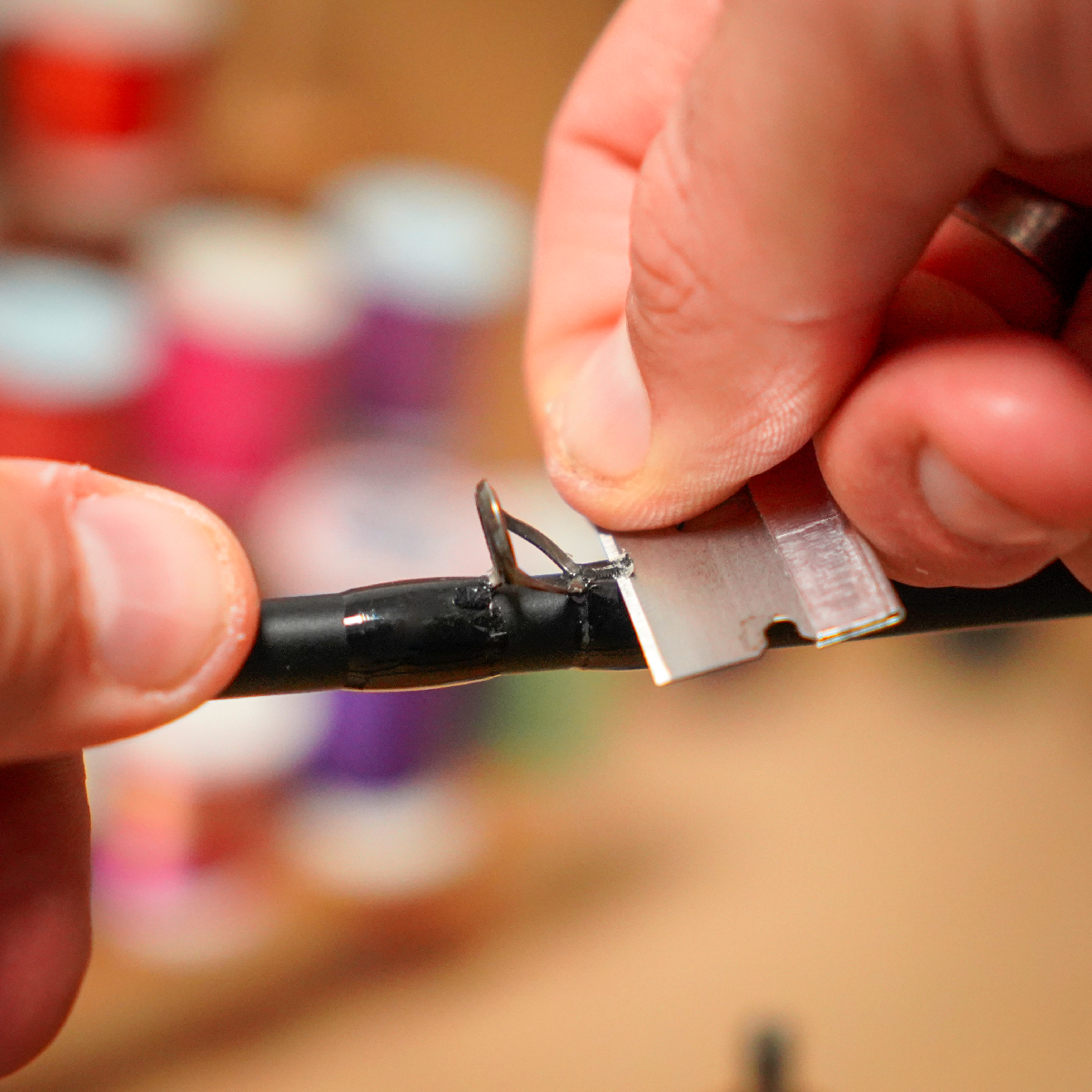
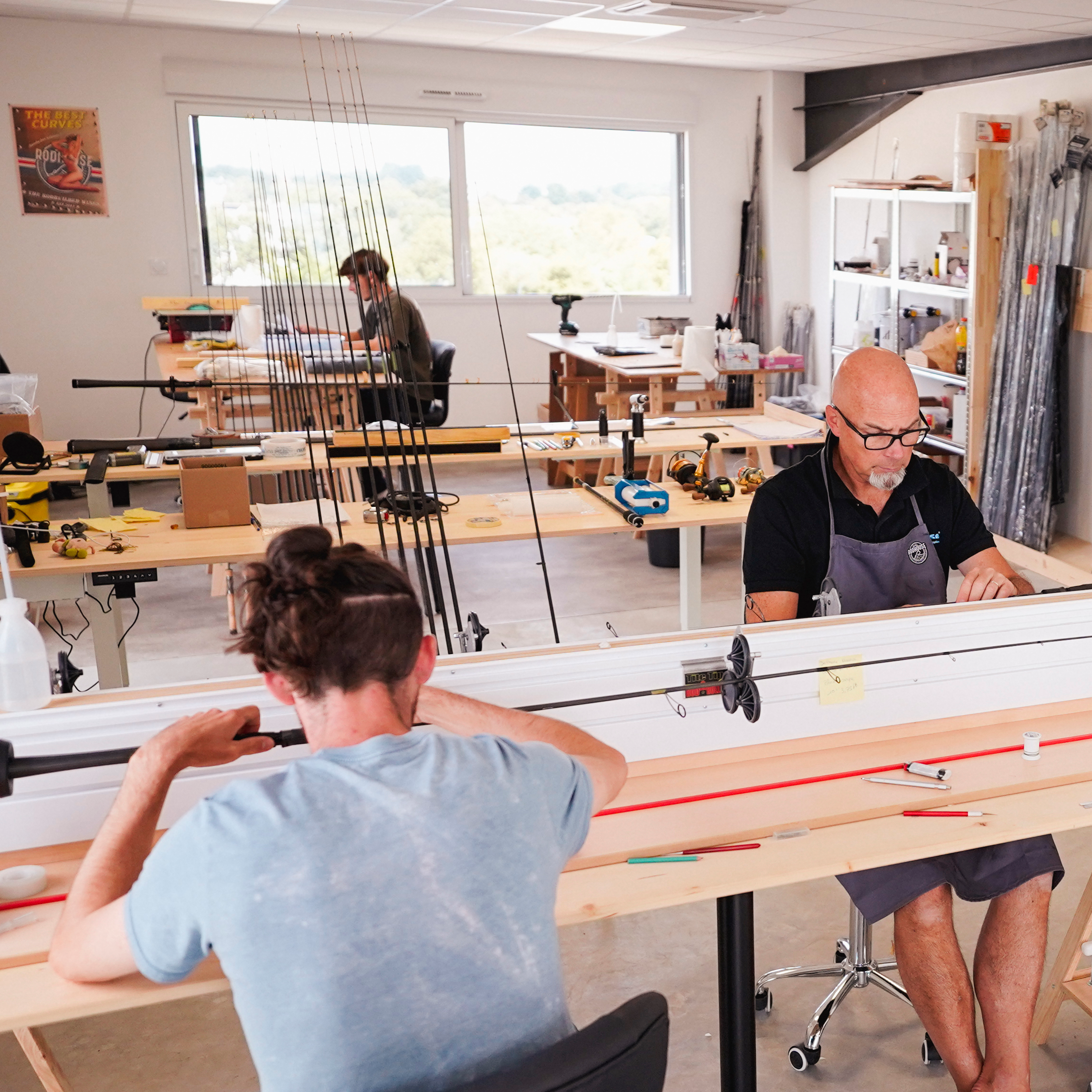
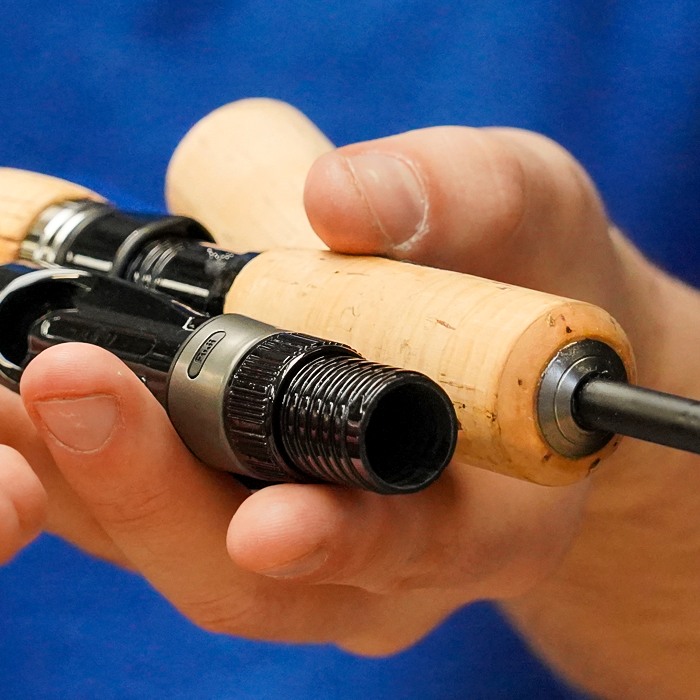
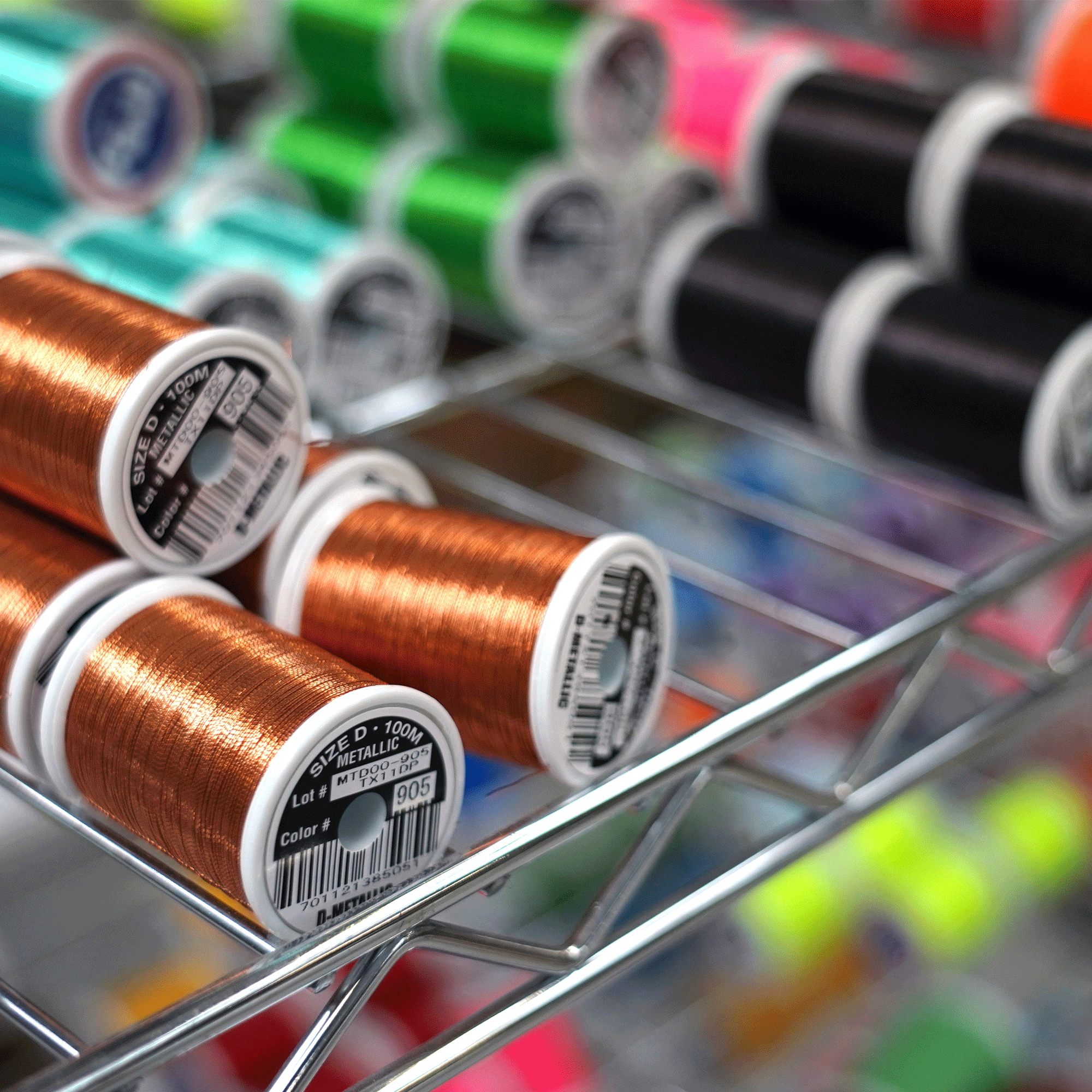

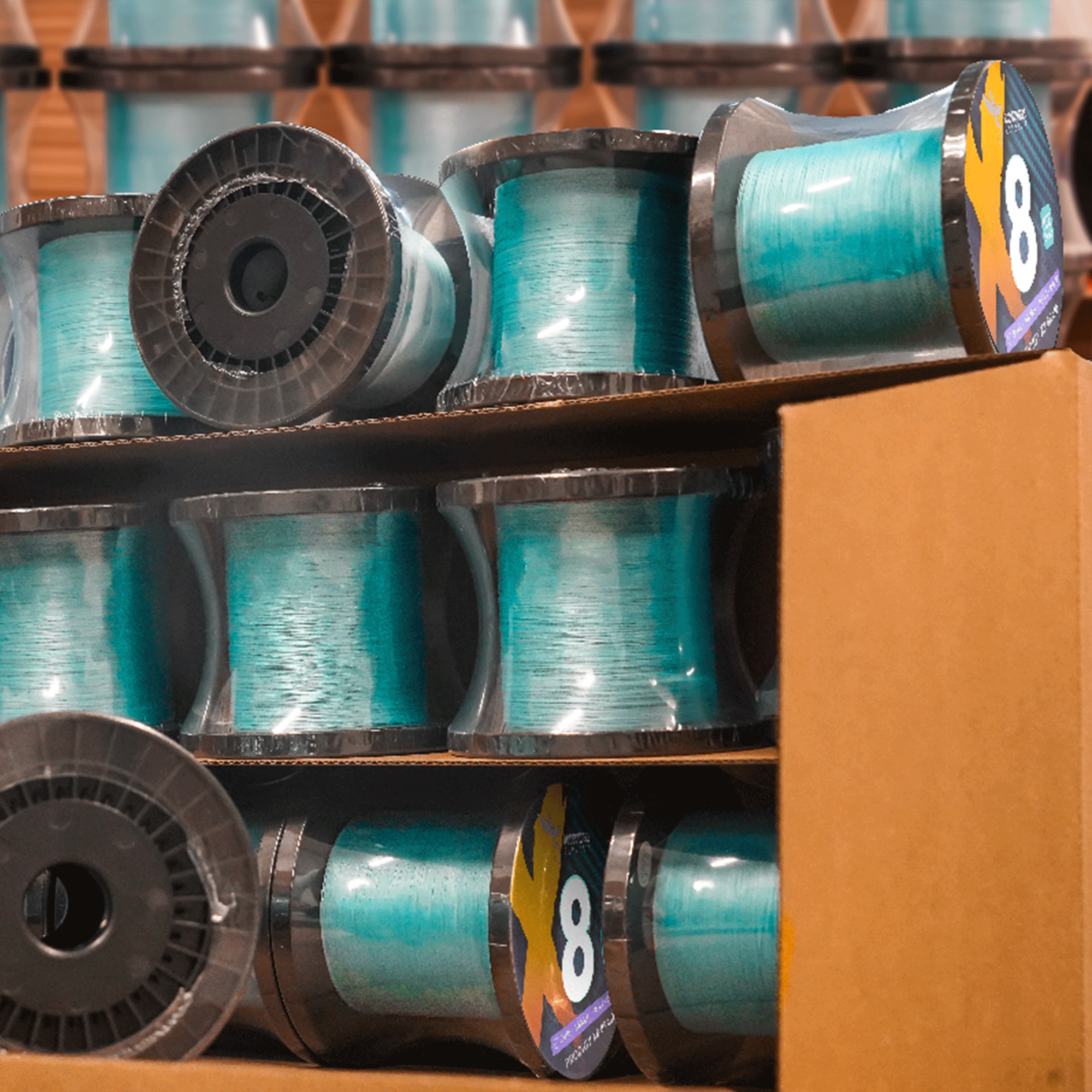

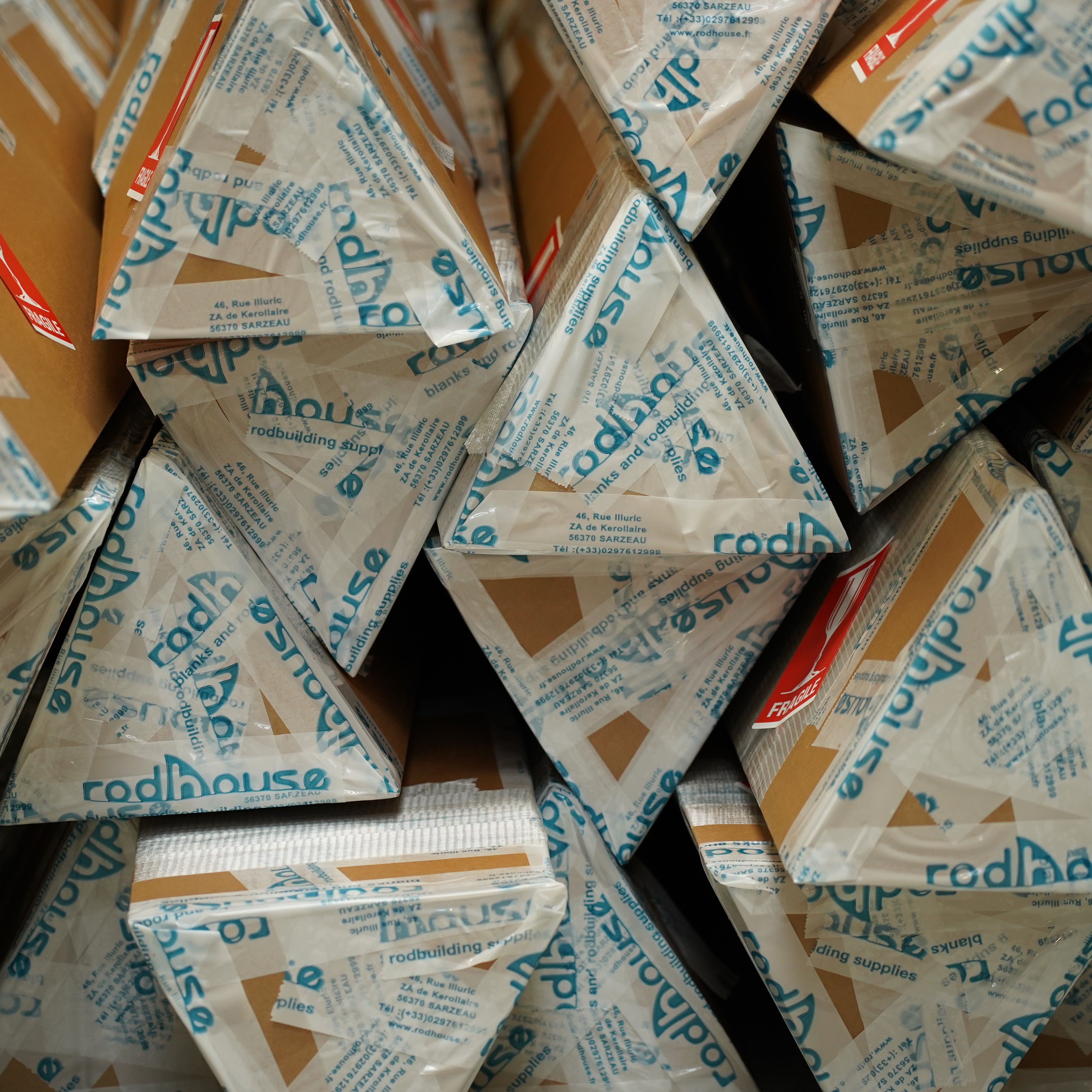

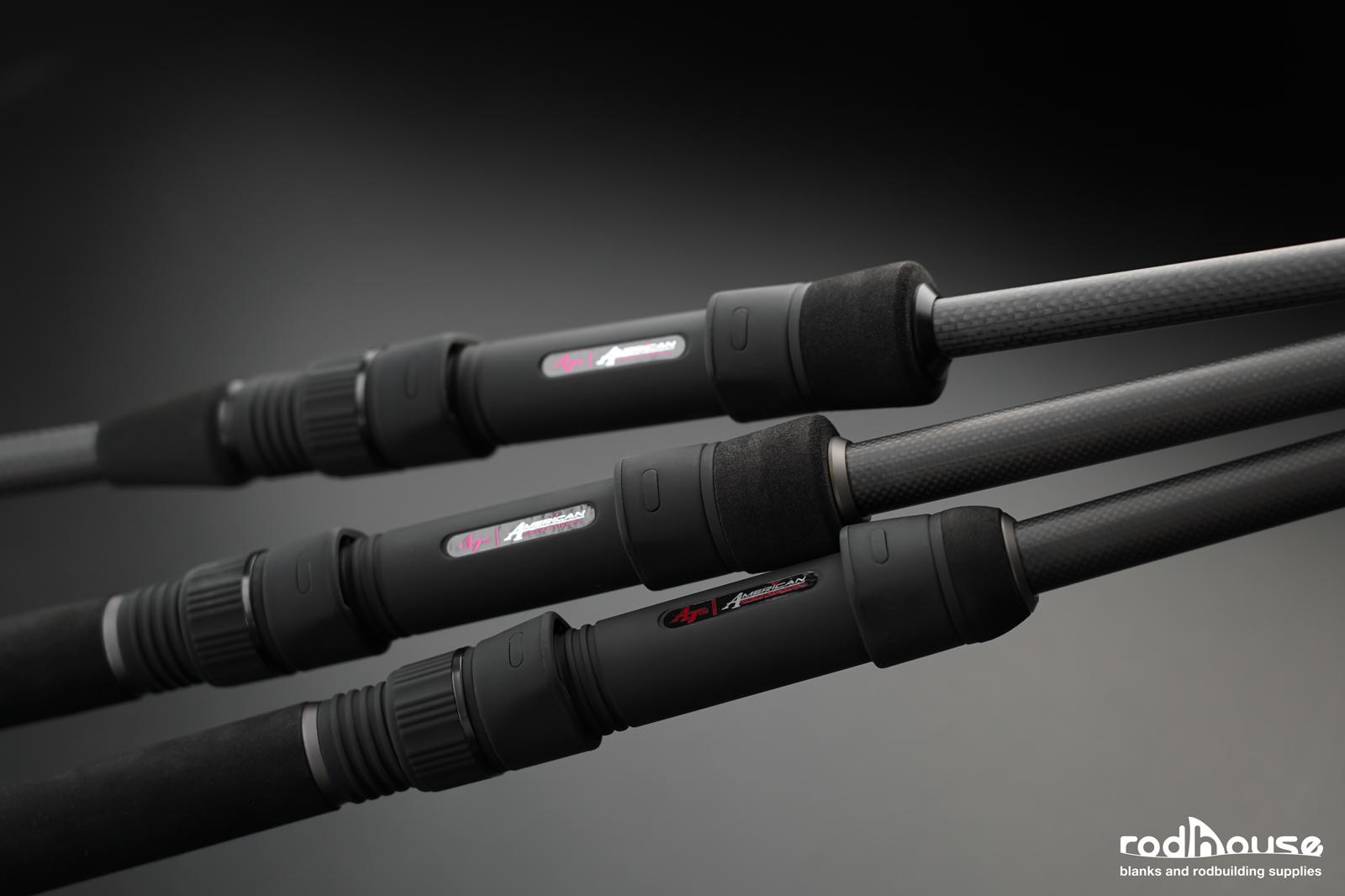
1 comment
GARY
I appreciate the information you have provided.
Leave a comment
All comments are moderated before being published.
This site is protected by hCaptcha and the hCaptcha Privacy Policy and Terms of Service apply.